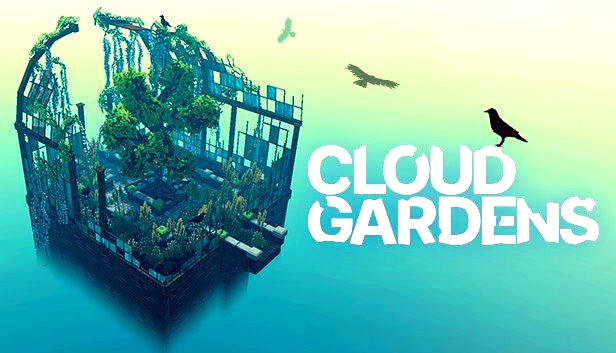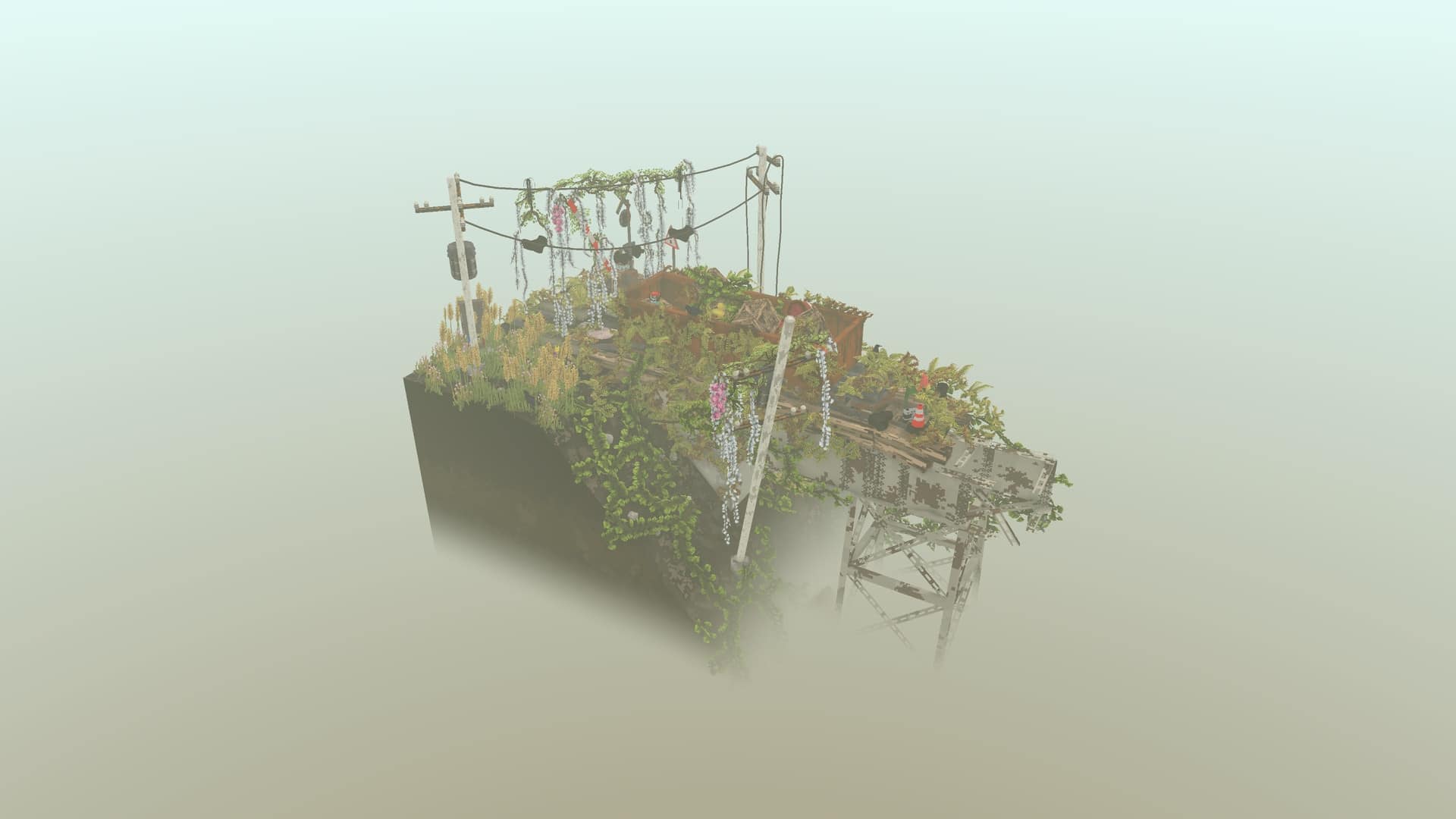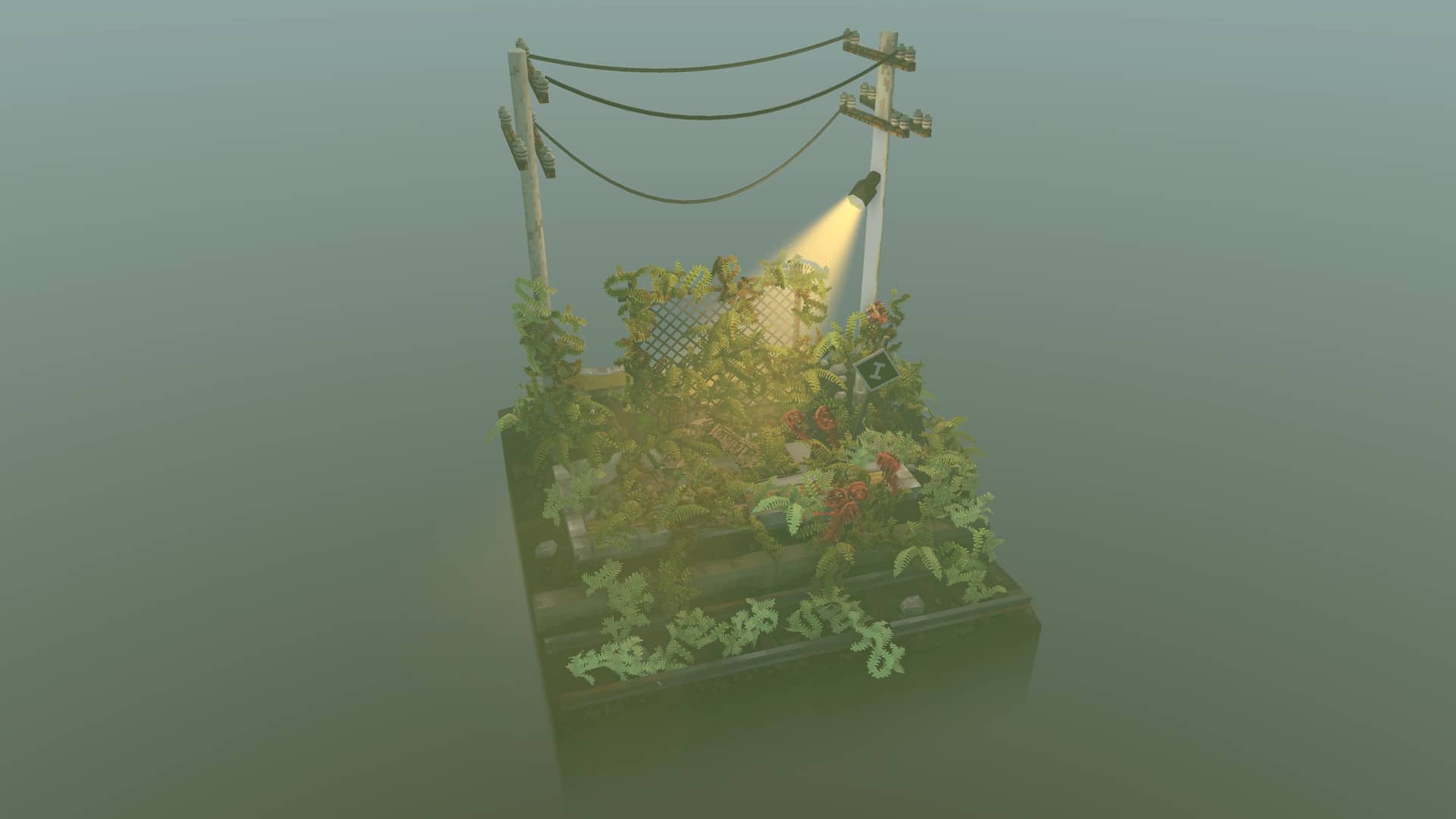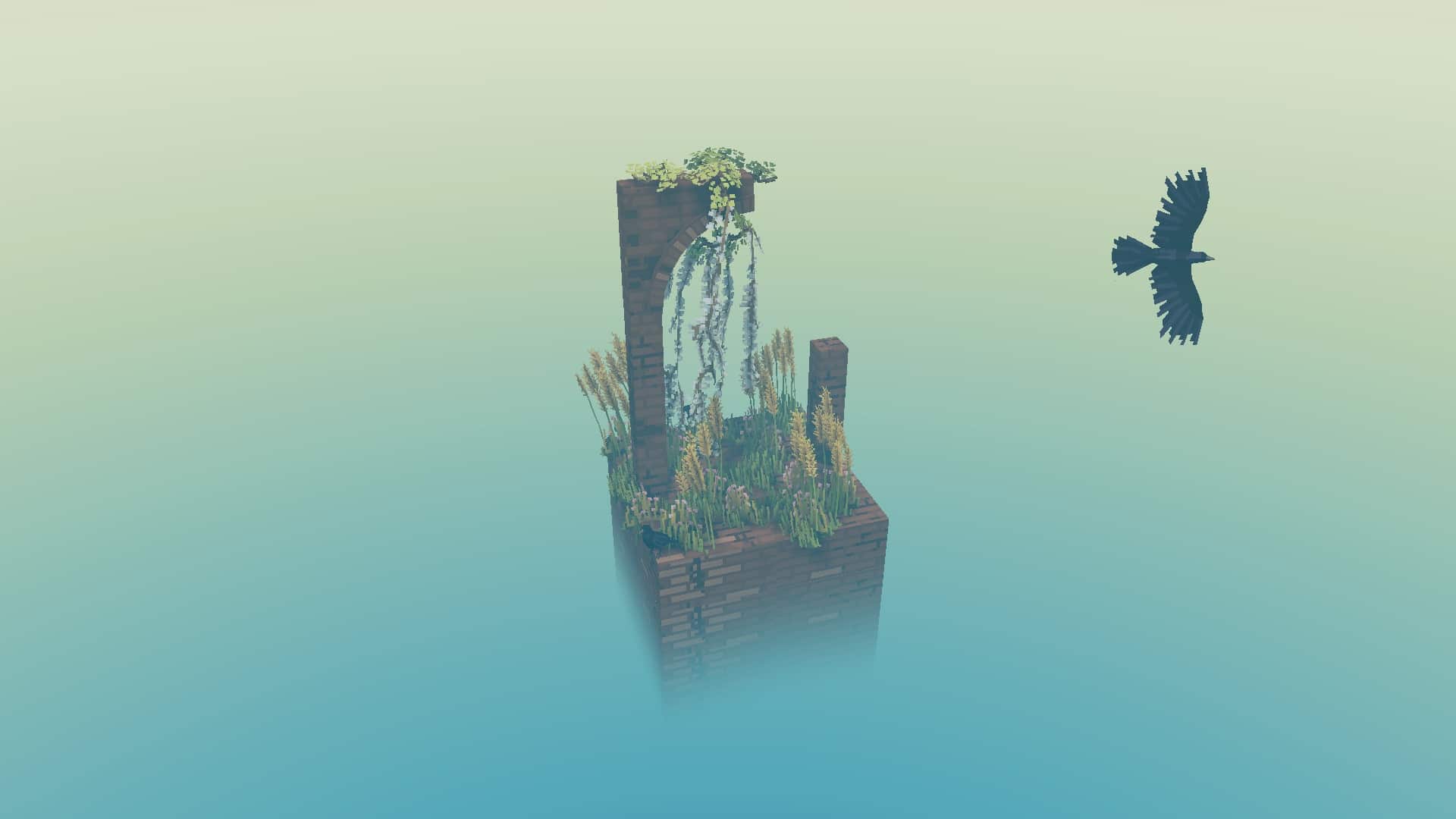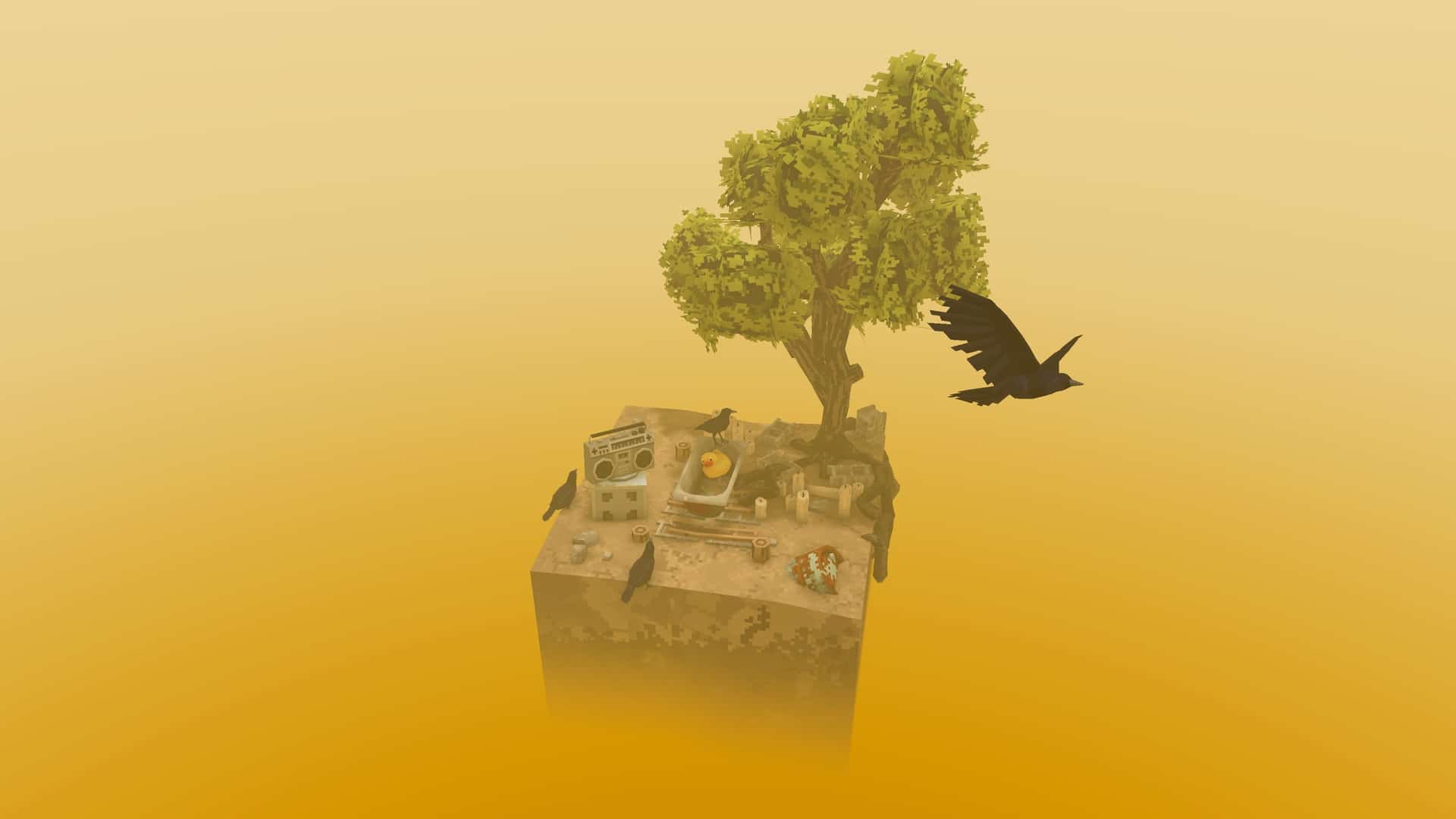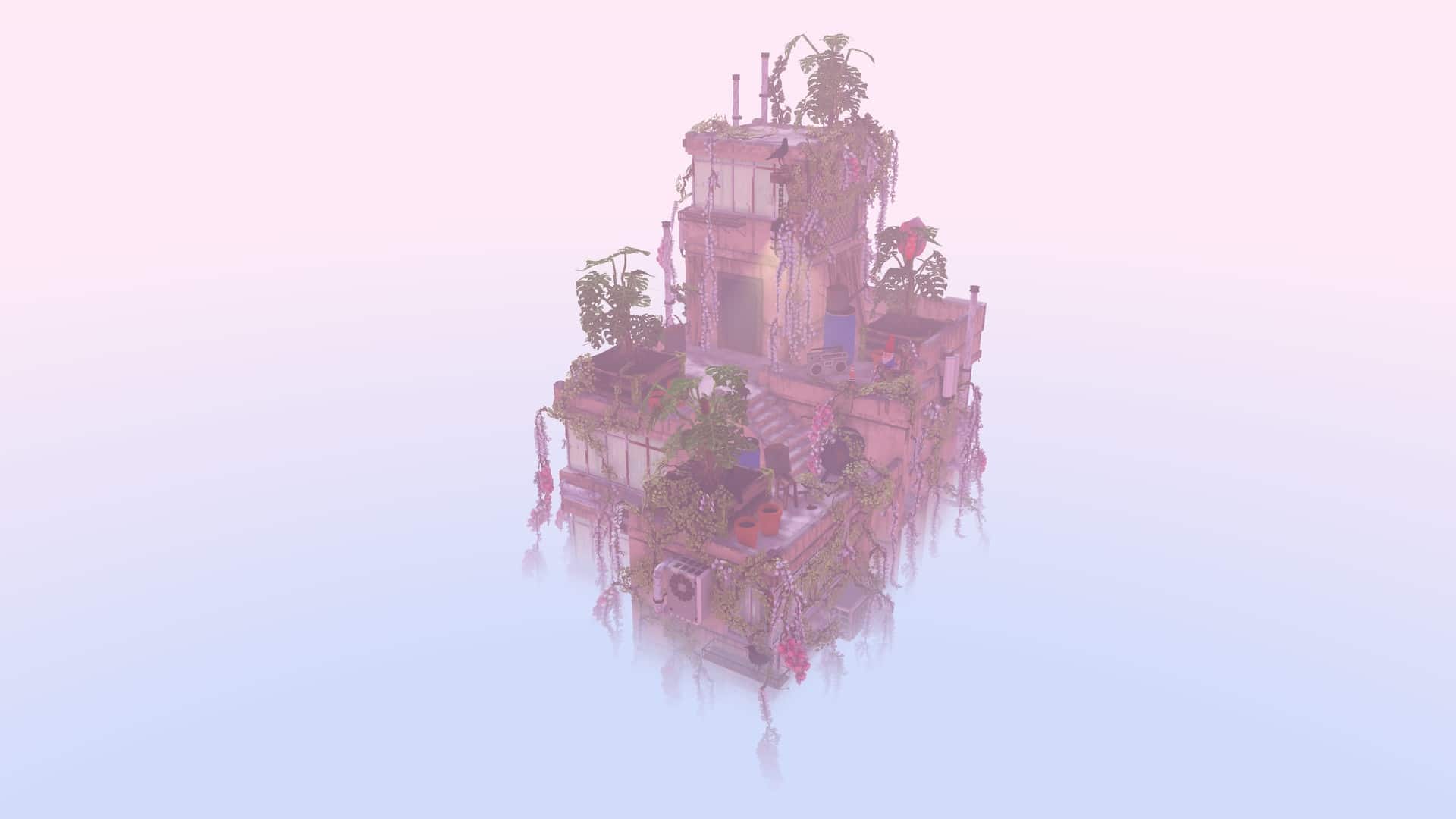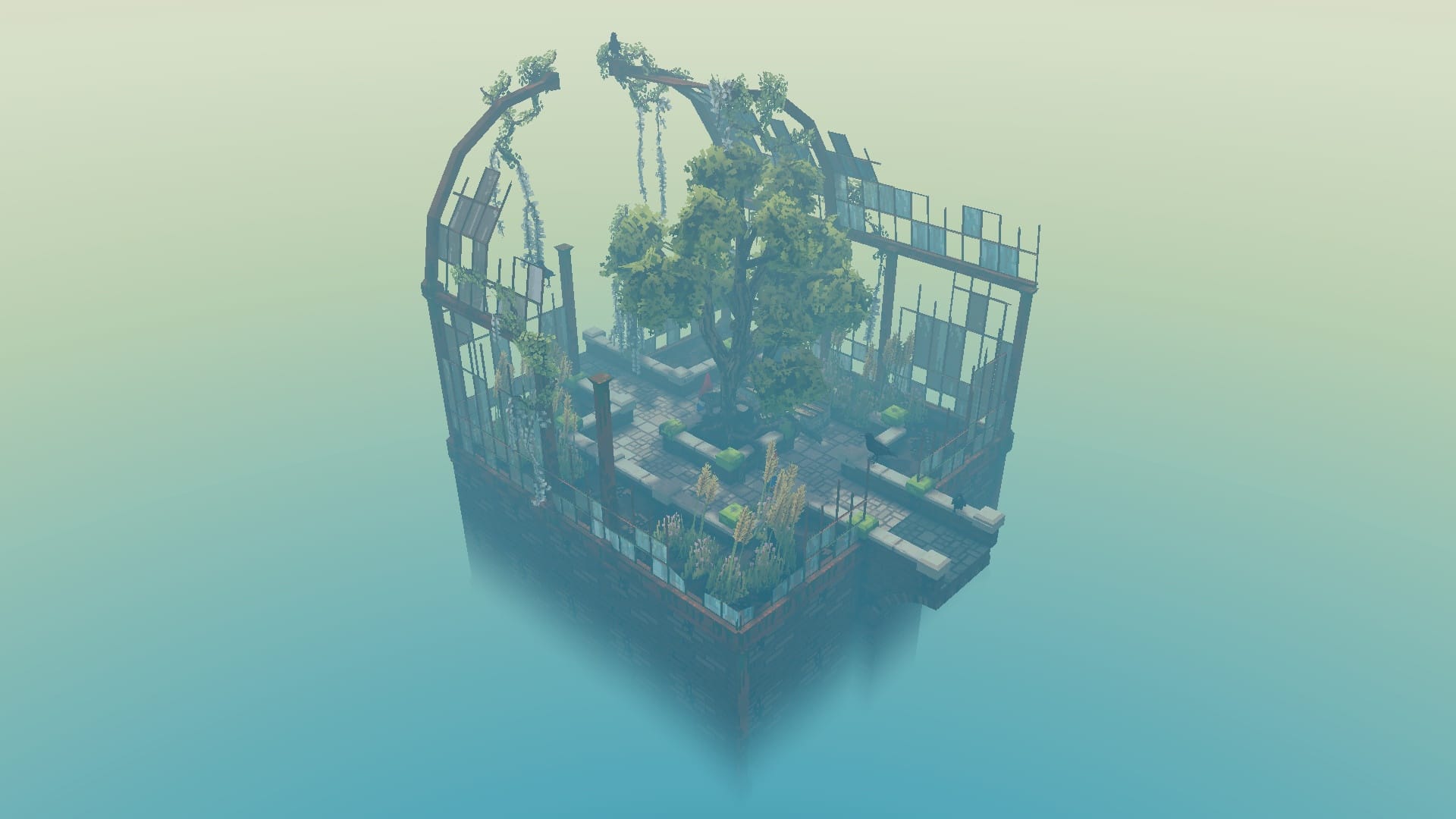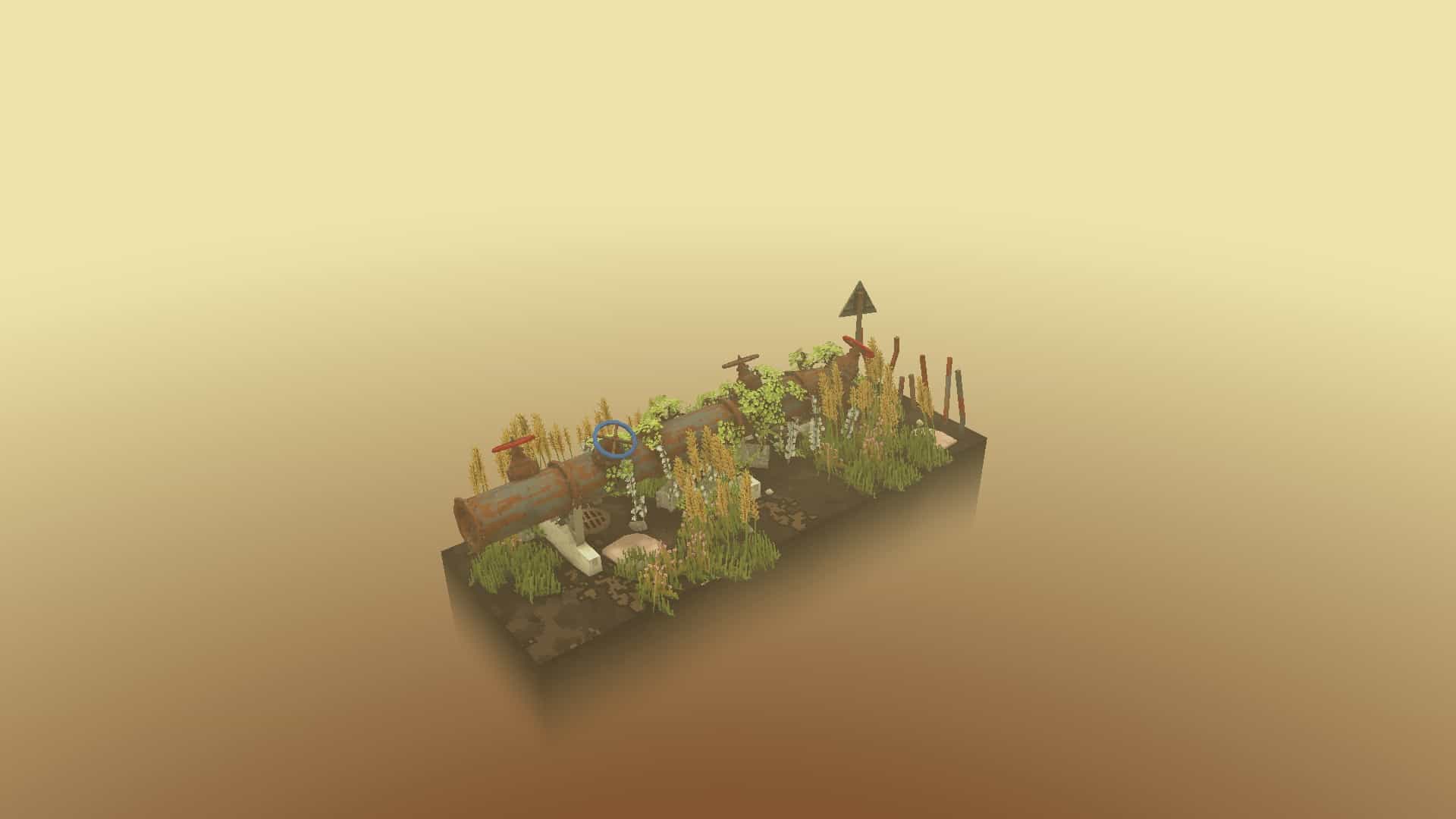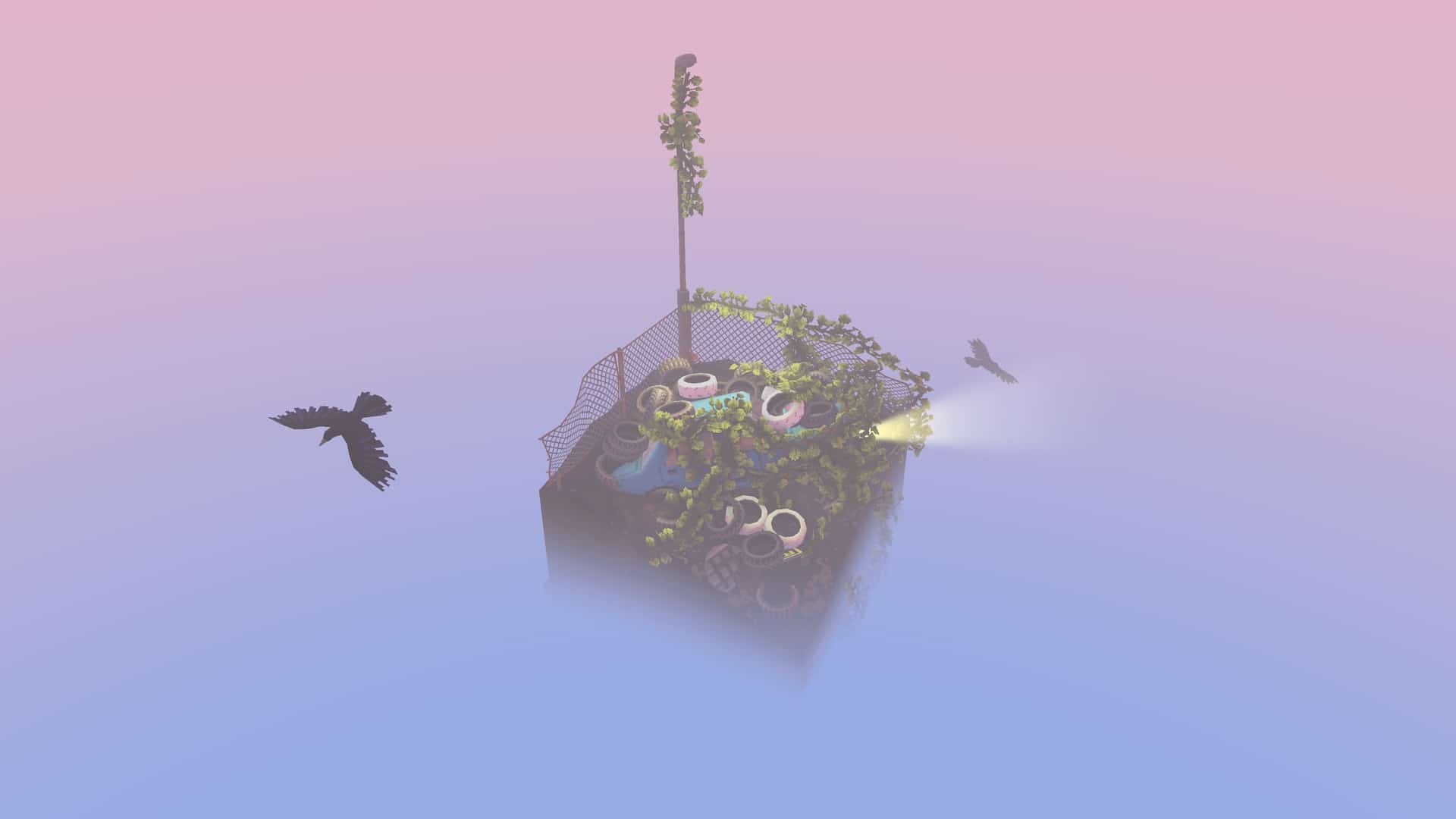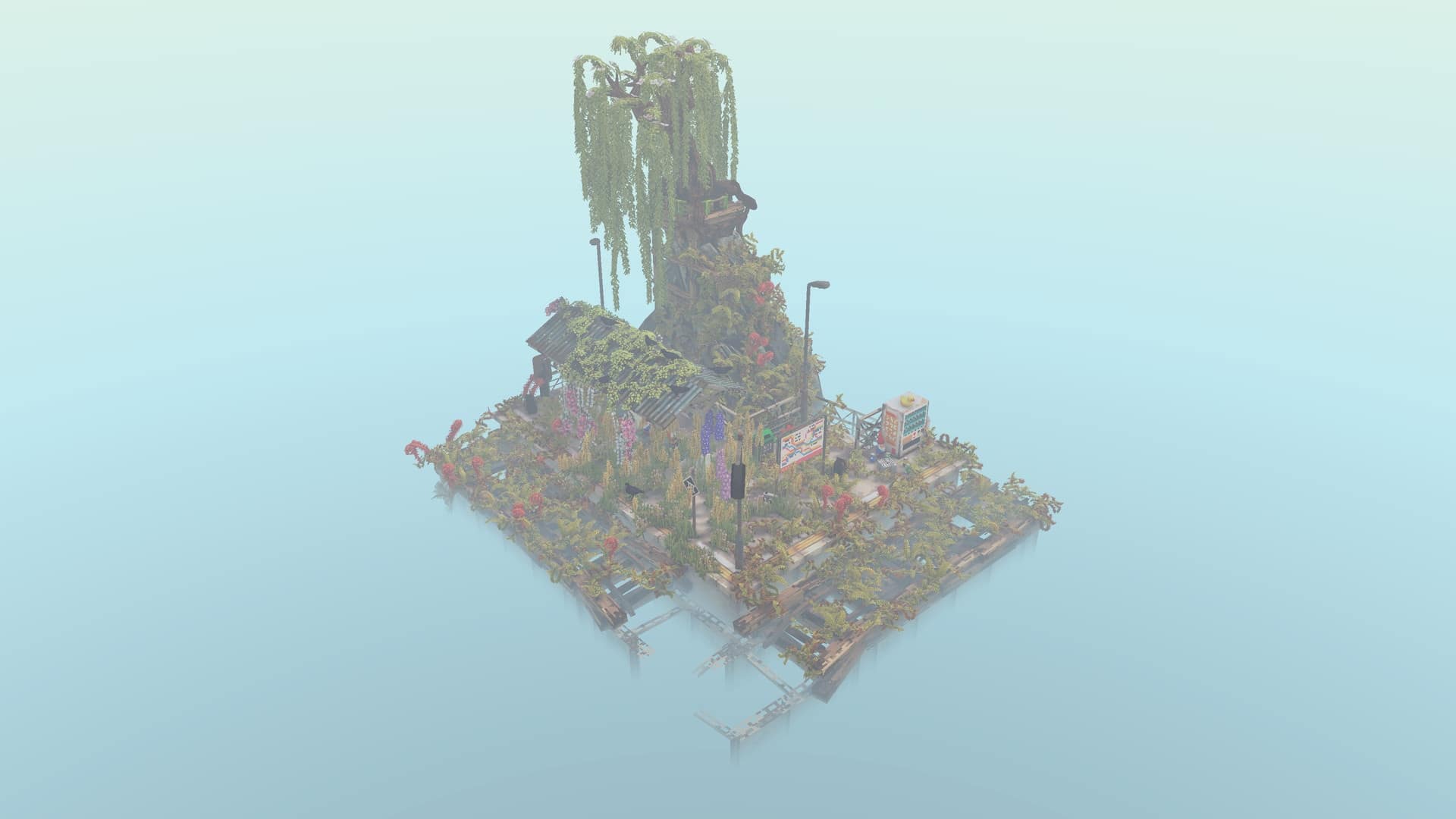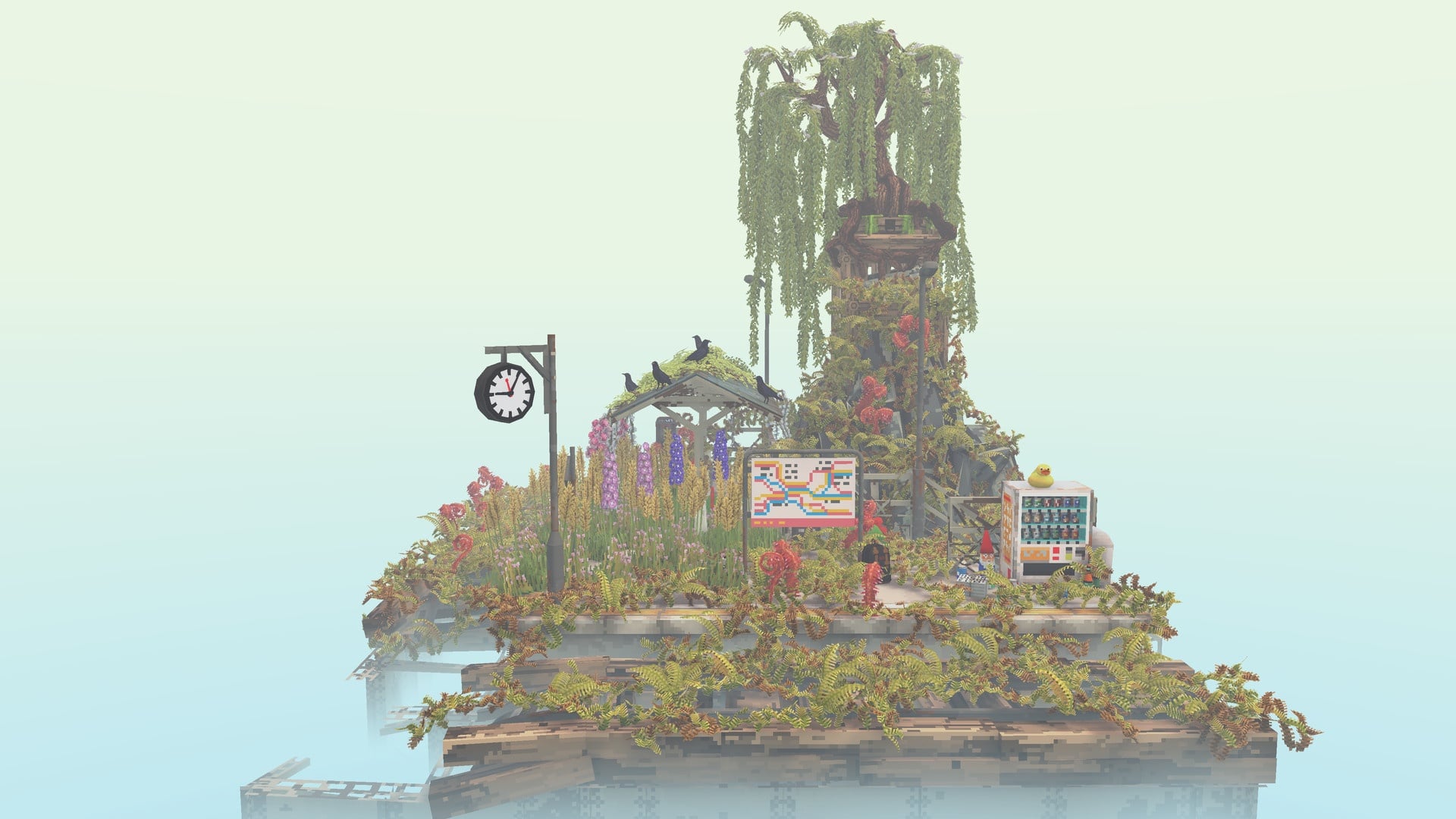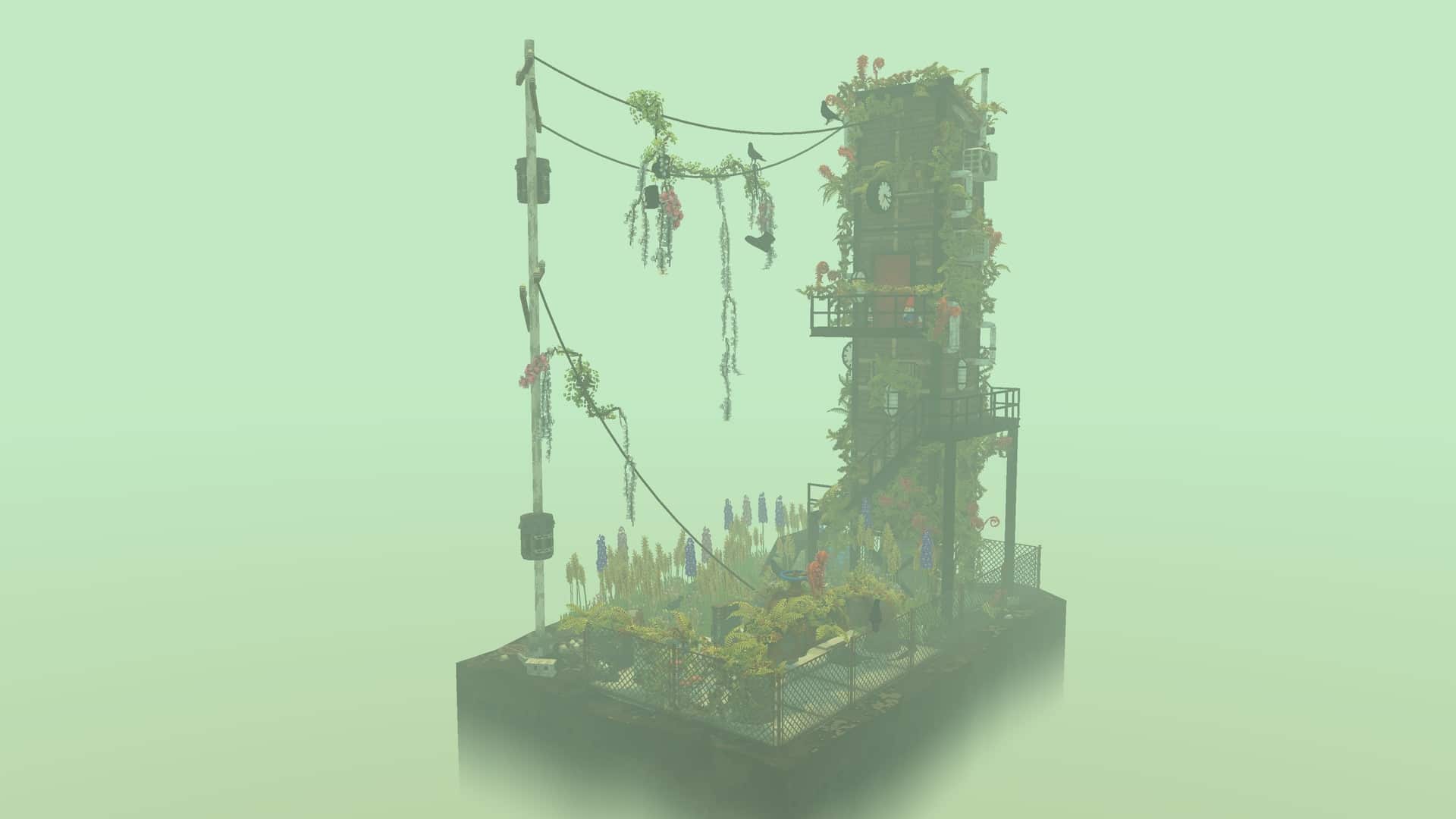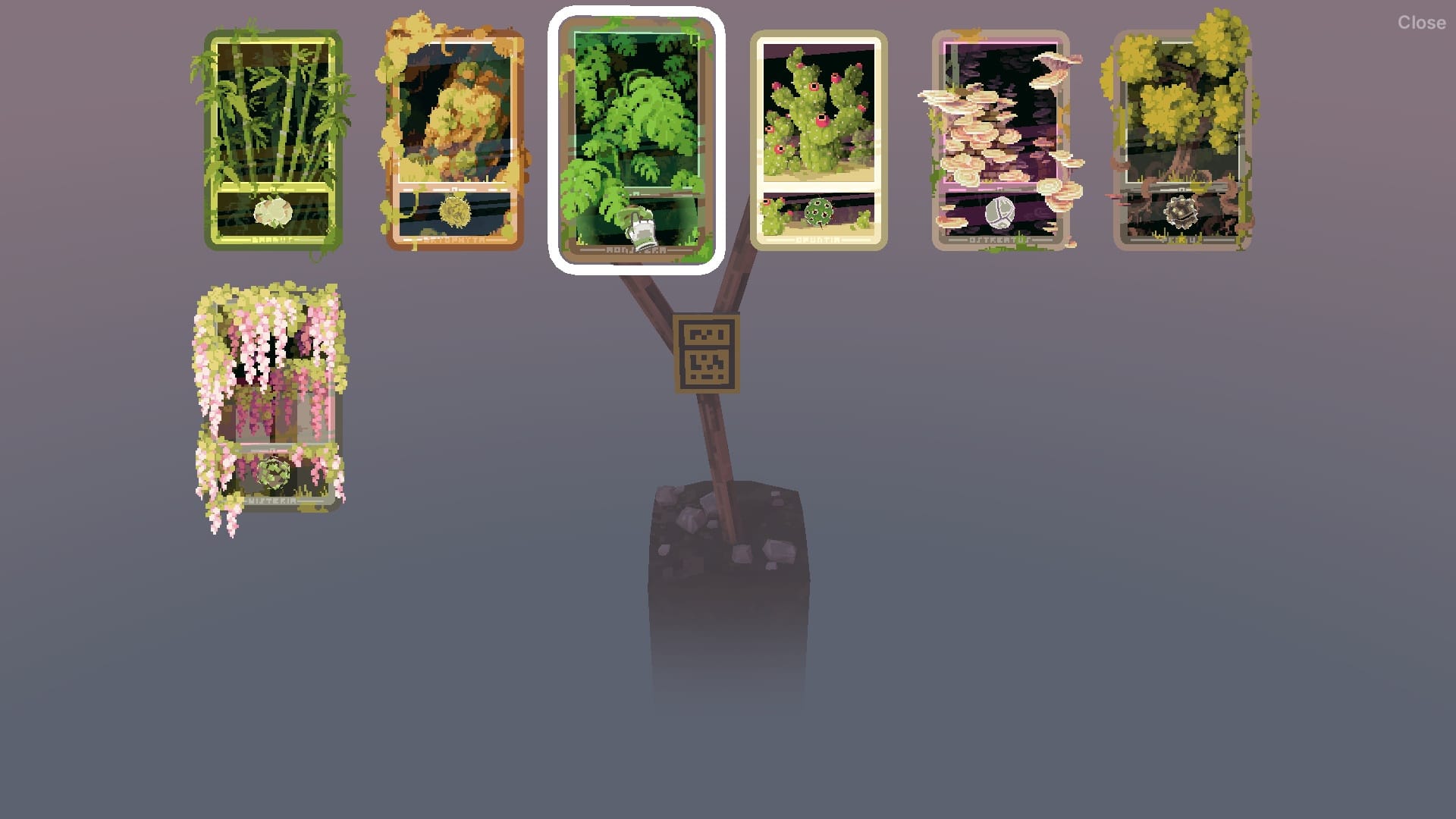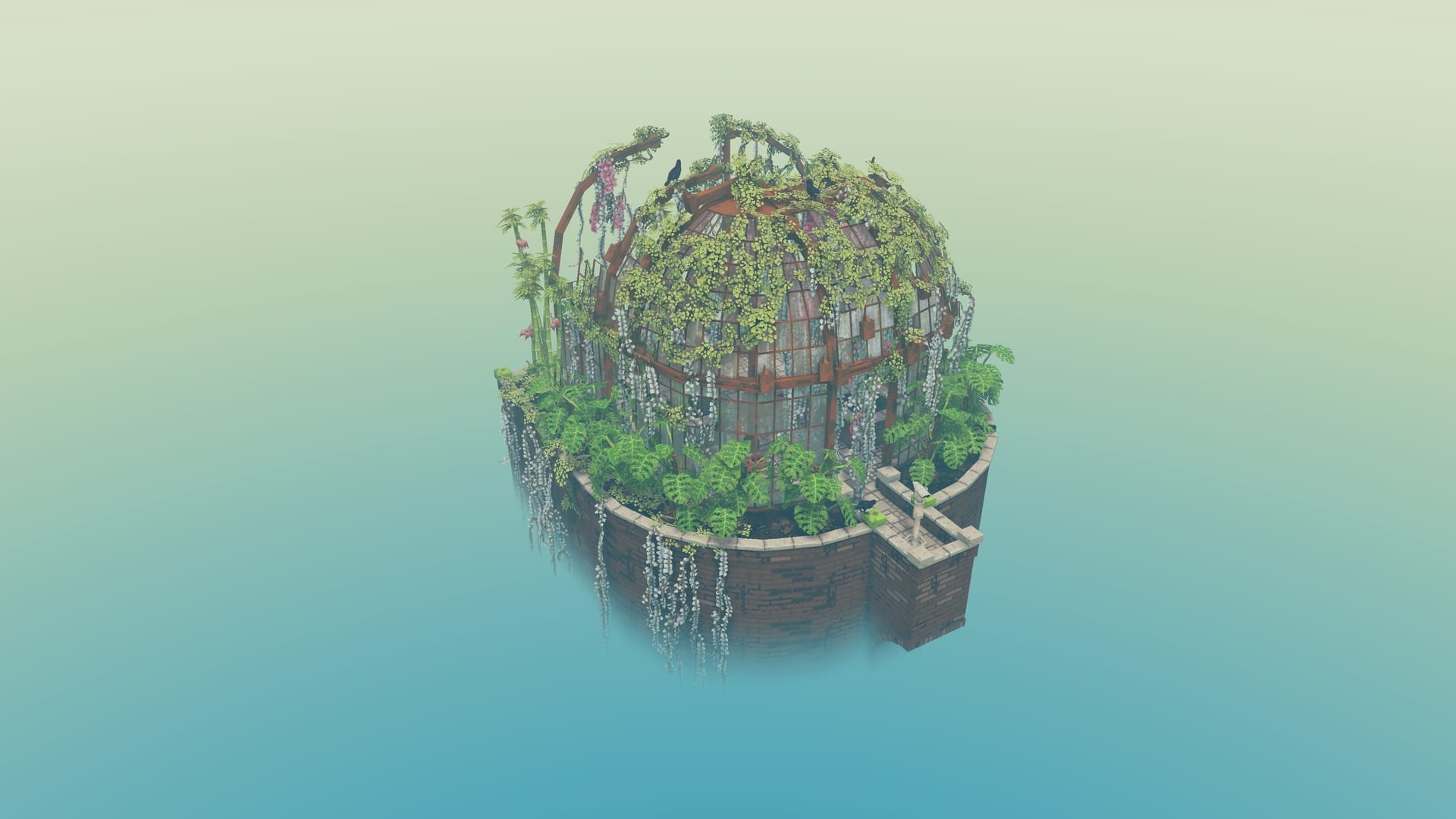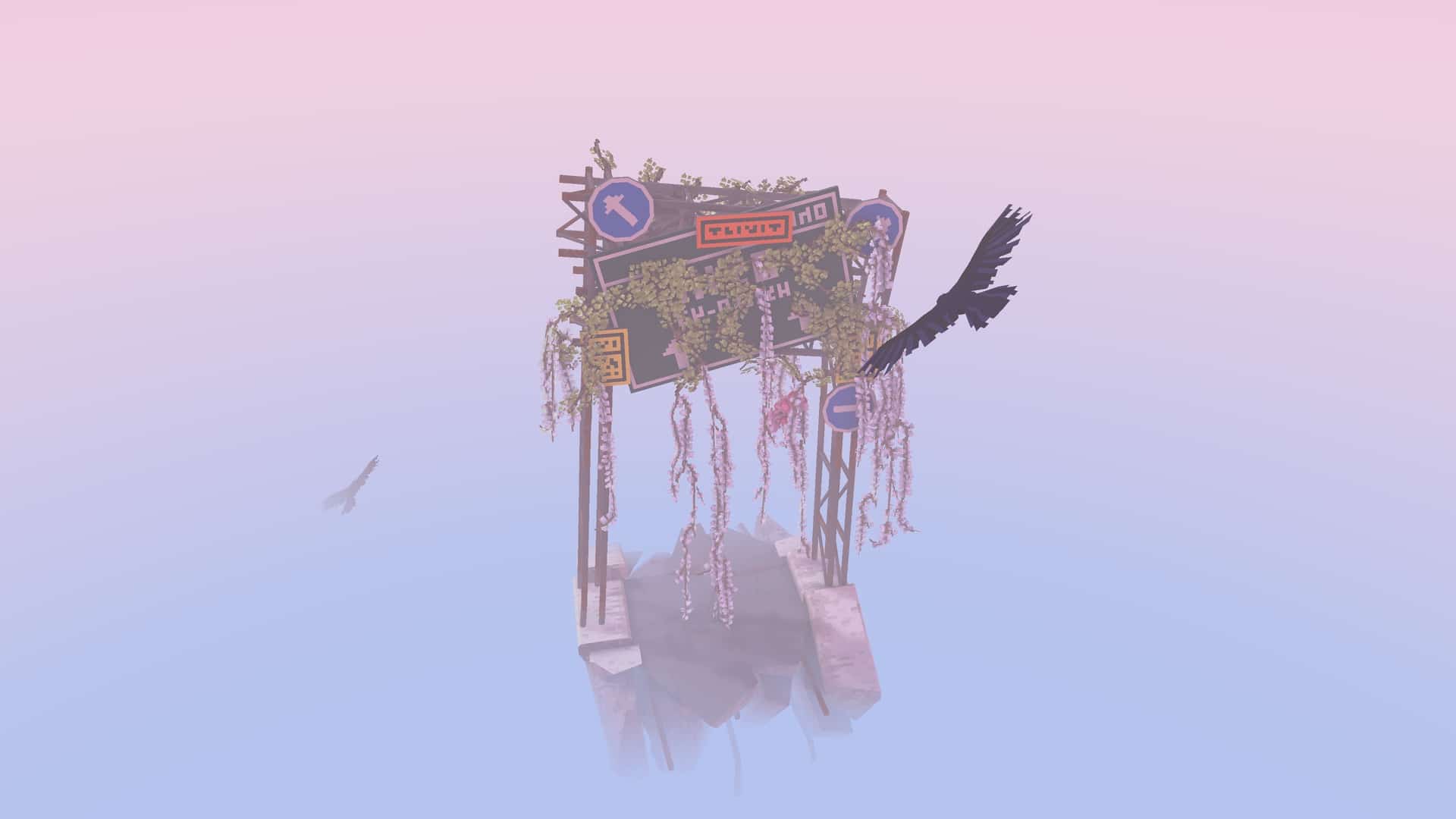Géraldine had an extraordinary experience with the apocalyptic building game Cloud Gardens. Because it showed her game worlds in a whole new way.
Sometimes I find it hard to appreciate game worlds at all. “Oho, impressive, so someone spent weeks spreading realistic rubbish on the street and lovingly simulating vegetation … Where’s my next quest marker?”
I’ve visited so many such detailed virtual worlds in 2022 that I often find myself just walking past scenes that are actually impressive. And I’m not proud of it. The unique build-up game Cloud Gardens has driven that out of me – because here it’s just the environment and me. And that’s fantastic.

A very different build-up game
Cloud Gardens mixes post-apocalyptic atmosphere with a special building mechanic: I am presented with various scenarios that I have to plant. An old motorway bridge, a junkyard, an abandoned greenhouse. I harvest seeds in these places left behind by humanity and replant them elsewhere. On the one hand, according to my aesthetic sensibilities, and on the other hand, in places where the plants can develop well – for example, a trellis that they subsequently climb up.
But I also place objects in the world to which my plants react. Scrap metal, pipes, walls, signs and hundreds of objects that at some point had a use for humanity. Now they are nothing more than a support for the different plants. “Nature takes back the earth” at its best.
With each successfully remodelled scenario (i.e. as soon as the plants have overgrown a certain percentage of the level), I unlock new plant seeds and new items for the creative mode, in which I build my own post-apocalyptic dioramas. So for now, the principle is pretty straightforward compared to other games – and that’s where Cloud Gardens’ strength lies.
Seeing game worlds with different eyes
The flow of the game kicks in fully after just a few seconds. My first tendril wraps around a road sign from which a crow lifts into the air, I get a new plant variety. I staple a sign to the pole, which my tendrils make directly their own. I turn the diorama around and ask myself “Why did I actually just plant in the front?” I begin to see the world through the eyes of my plants.
No one needs to be able to read the sign anymore – things like “front” and “back” no longer exist in this post-apocalyptic world. And suddenly I appreciate every little detail in the tiny dioramas because I no longer suffer from complete sensory overload as I sometimes do in other games. I see every little pebble, every can lying around, every little screw in an industrial structure. Things that tend to get lost in large open worlds when they exist en masse around me. You can tell I’m starting to sound a little esoteric, but that’s exactly what Cloud Gardens will do to you. It will put you in a meditative state.
Which is also because of how incredibly pretty and atmospheric this game is. The ever-changing post-apocalyptic scenarios are a real feast for the eyes – birds fly peacefully overhead while a gentle soundtrack draws me deeper and deeper into a trance. I let rain clouds pass over my world, discover new plants and get new placeable objects at hand. In the process, Cloud Gardens manages the perfect mix of “I create my own rules” and “I still have motivation.”
There are few special games in the vast expanses of Steam that make me feel so special. Games like Townscaper or Dorfromantik rely on a similar mix of beautiful imagery and minimalist building principles, but only Cloud Gardens has been able to give me such a unique view of my surroundings – and that’s exactly why you should definitely try it out too.
By the way,
Cloud Garden comes from the makers of the strategy hit Kingdom: New Lands and costs just 15 euros on (Steam) – even less during various sales. So if you like a post-apocalyptic atmosphere and need a break from loud, colourful and overwhelming open worlds, Cloud Gardens is worth every minute of your playtime.

